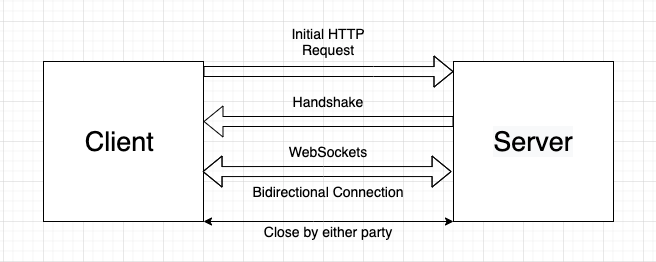Introduction to API
In today's interconnected digital landscape, APIs (Application Programming Interfaces) serve as the foundation for modern software development. They enable applications to communicate, share data, and leverage functionality across different systems. This blog post explores the various types of APIs, their use cases, and implementation strategies as discussed in our recent episode of dev Exchange.
Types of API
RestFul API:

REST (Representational State Transfer) is an architectural style that has become the de facto standard for web APIs. RESTful APIs utilize HTTP methods to perform operations on resources:
GET: Retrieve data
POST: Create new resources
PUT/PATCH: Update existing resources
DELETE: Remove resources
Key characteristics of Restful API:
Stateless communication
Client-server architecture
Uniform interface
Resource-based URLs
GraphQL:

Developed by Facebook, GraphQL is a query language for APIs that provides a more efficient, powerful, and flexible alternative to REST. Key features include:
Single endpoint for all operations
Client-specified data retrieval
Strong typing system
Hierarchical structure
SOAP:

Simple Object Access Protocol (SOAP) is a protocol-based API architectural style that uses XML for message formatting:
Platform and language independent
Built-in error handling
High security
Strict contracts through WSDL
WebSocket API:

WebSocket APIs enable bi-directional, real-time communication between clients and servers:
Persistent connections
Low latency
Ideal for real-time applications
Full-duplex communication
Comparing API Architectures
| Feature | REST | GraphQL | SOAP | WebSocket |
| Data Fetching | Multiple endpoints | Single endpoint | XML-based | Real-time |
| Learning Curve | Low | Medium | High | Medium |
| Caching | Built-in | Manual | Limited | Not applicable |
| Performance | Good | Excellent | Heavy payload | Excellent |
| Use Cases | CRUD operations | Complex queries | Enterprise Systems | Real-time data |
How can we decide which API framework to choose?
For the same we should consider following factors when selecting an API architecture :
Project requirements and complexity
Development team expertise
Performance requirements
Scalability needs
Security requirements
Client platforms
Decision Frameworks:
Choose REST when:
Building resource-centered applications
Requiring simple CRUD operations
Needing excellent caching
Choose GraphQL when:
Dealing with complex data relationships
Optimizing for mobile applications
Requiring flexible data fetching
Choose SOAP when:
Working with enterprise systems
Requiring strict security
Needing guaranteed data integrity
Choose WebSocket when:
Building real-time applications
Requiring bi-directional communication
Developing chat or gaming applications
APIs are essential for modern software development, enabling communication and data sharing between systems. This article explores various API types, including RESTful, GraphQL, SOAP, and WebSocket, highlighting their characteristics, use cases, and decision criteria for choosing the right one based on project requirements, team expertise, performance, scalability, security, and client platforms. Checkout the video on our channel to know more about APIs.
